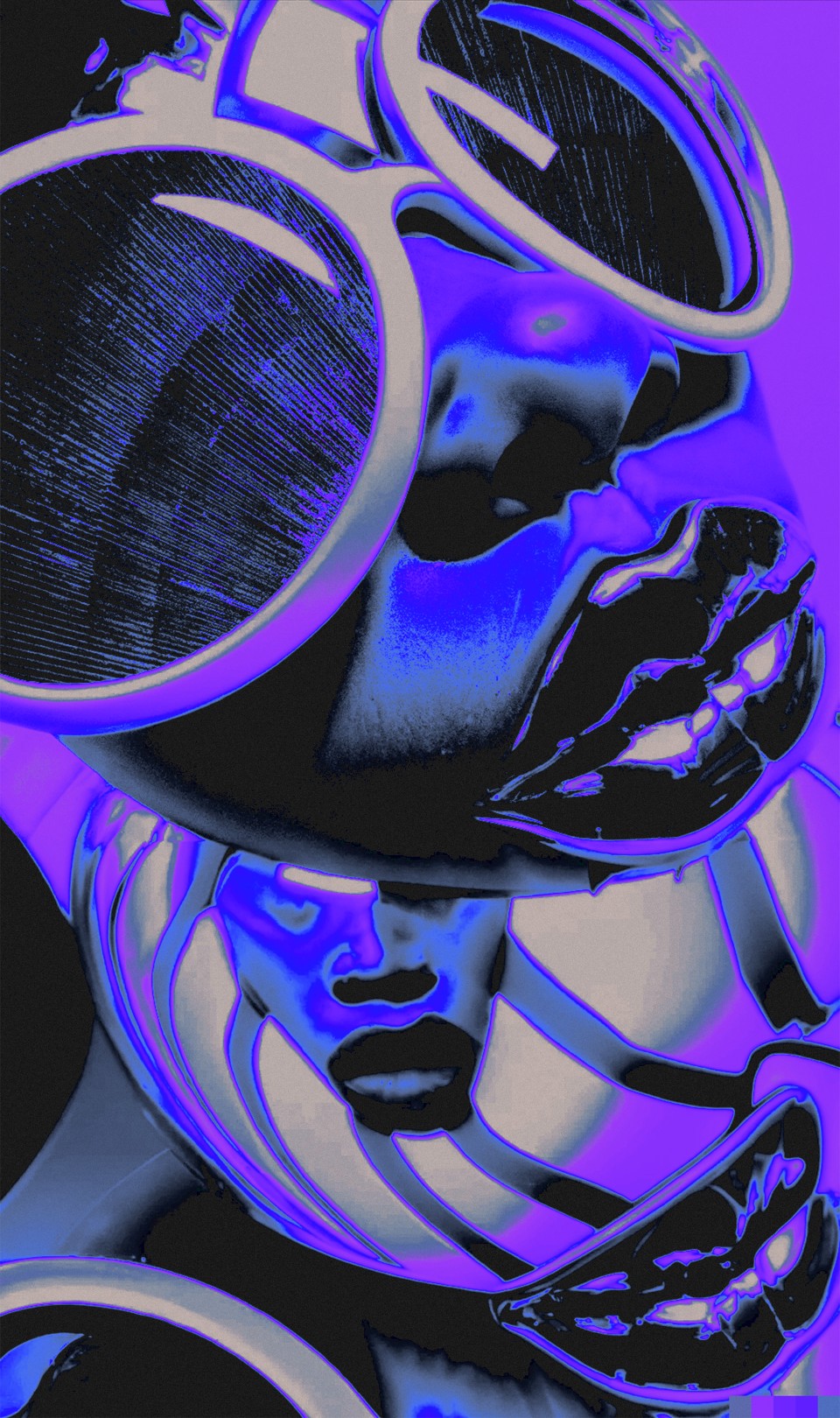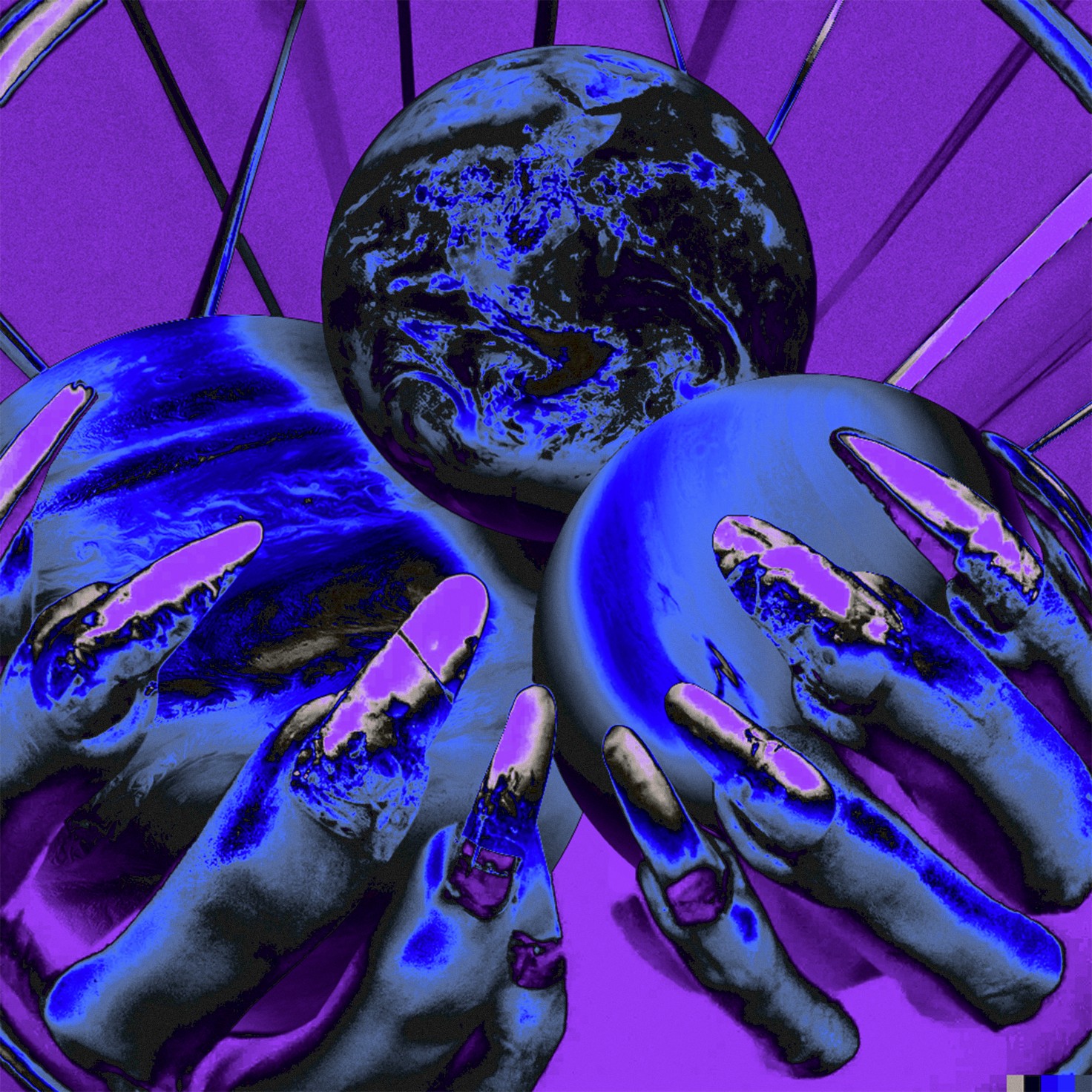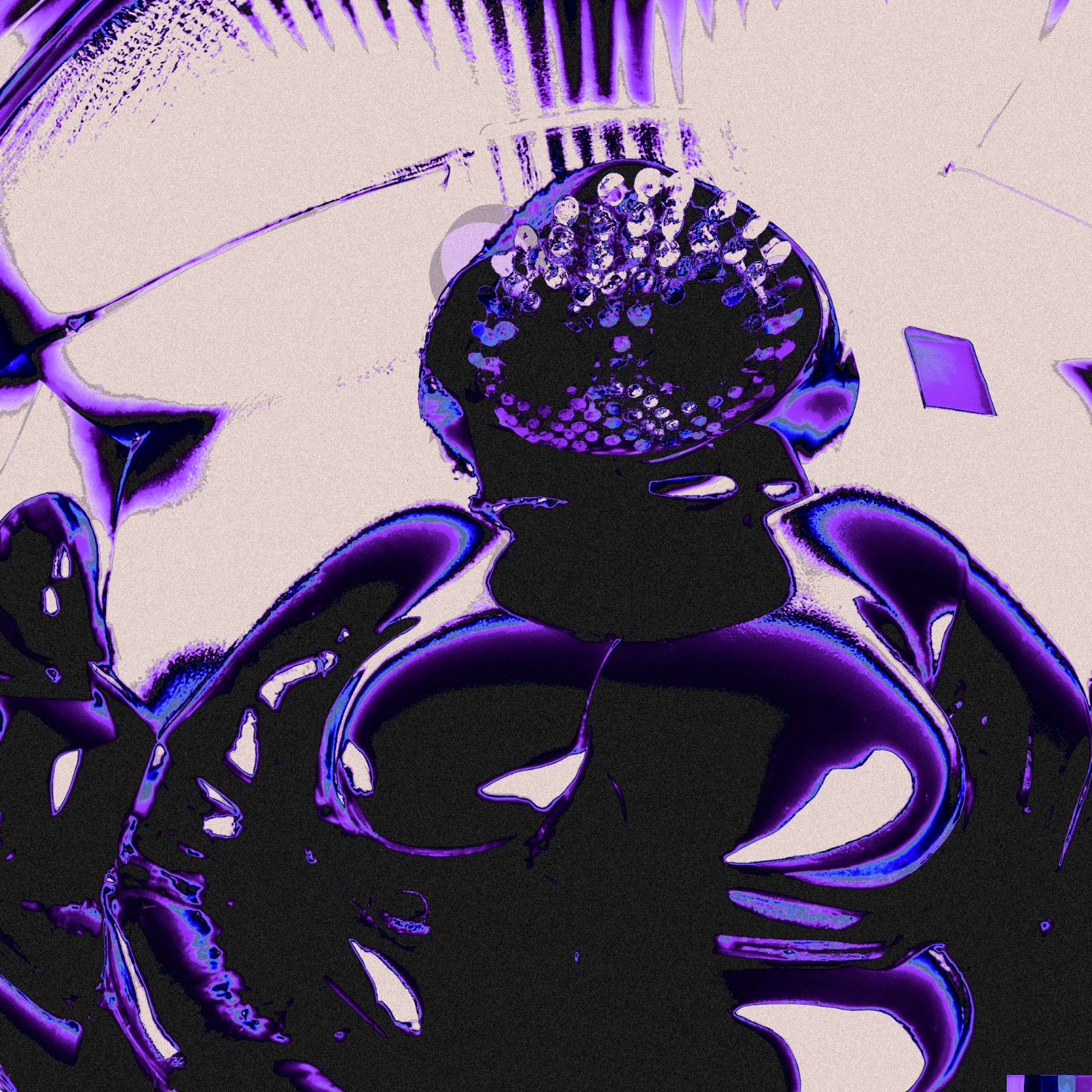It is quite fascinating to learn how different religions, cultures, or societies suspect that the universe came to be. My favorite will always be the Big Bang theory, mostly because thinking of the expansion of time and space keeps me grounded and reminds me of how minuscule our particular galaxy is in the grand scheme of the universe.
Simultaneously, as a survivor of the major Abrahamic religion known as Christianity, I find its creation story—that is, a primordial being randomly deciding that the universe needed something a little extra—hilarious. What was the motivation? Boredom? The answer is pending. Still. Perhaps the most compelling part of this story is when said primordial being decides that the first thing they’re going to do is pull a source of light out of the darkness.
By doing this, they are creating something out of nothing. Plucking the beginnings of life from a ceaseless void. Conjuring something out of nothing is a phenomenon that Black people have grown accustomed to—with Black women possessing highly specific knowledge on how to do so.
Missy Elliott is one such Black woman.



